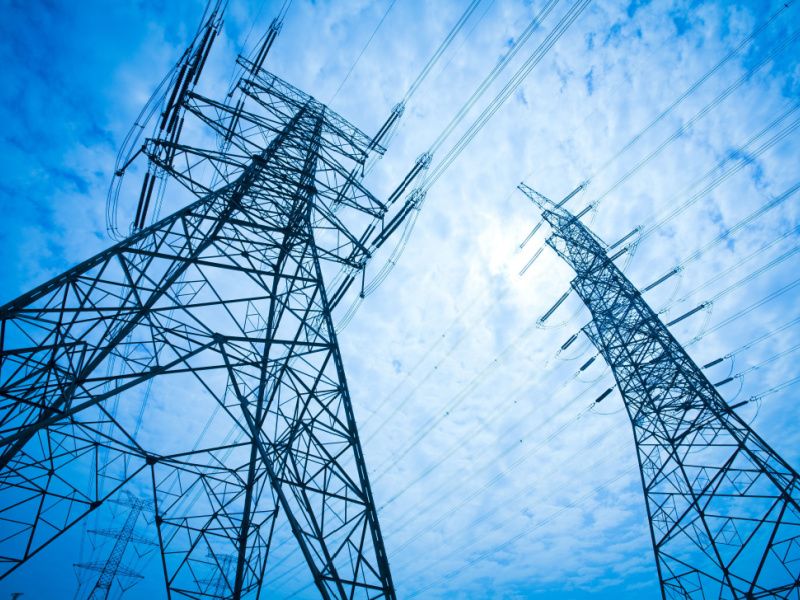TEPCO PG expects to control renewable energy output up to 1,510kW in 2024. Target is non-firm power supply

On October 16, TEPCO Power Grid (TEPCO PG) announced that it may implement renewable energy output control from fiscal 2024 onwards, regarding the outlook for renewable energy output control due to grid constraints next year. If implemented, this will be the first case in the TEPCO PG area. The company says it will use a "uniform control method" for non-firm power sources.
1510kW in two systems, Gunma and Yamanashi
Implemented for non-firm power sources
TEPCO Power Grid (TEPCO PG) announced its short-term outlook for next fiscal year's renewable energy output control due to grid constraints at the 48th grid working group held by the Ministry of Economy, Trade and Industry/Agency for Natural Resources and Energy on October 16.
The TEPCO PG Area is expected to implement the following renewable energy output control for non-farm power sources in fiscal 2024. It is possible to control renewable energy output up to 680kW on the 154kV Joetsu Main Line (Gunma Prefecture) and 830kW on the 66kV Tamamoro Line (Yamanashi Prefecture), for a total of up to 1,510kW. Both systems are characterized by the large number of connections between solar power generation and hydroelectric power generation.
Specifically, the annual output control amount of the 154kV Joetsu trunk line is 1,220kWh, the output control time is 3 hours, and the annual output control rate is 0.08%. The annual output control amount for the 66kV Tamamoro Line was 15,440kWh, the output control time was 26 hours, and the annual output control rate was 1.28%. These are estimated based on certain calculation conditions and are subject to change in the future.
For the time being, “uniform control method”
Moving to repowering method in the future
For the time being, the output control method will be a "uniform control method," which is a non-firm connection system. In other words, the output of non-farm connected renewable energy power plants will be curtailed at a certain rate. Non-farm type connection is a flexible method of transmitting electricity in which the available capacity changes depending on the actual amount of power transmitted. (Reference: What is "non-farm type connection"? Review of power transmission rules that hold the key to expanding renewable energy | SOLAR JOURNAL)
In the future, we plan to control the output in the order of output control using a "refeed method" that follows a certain order, but since the system renovation has not been completed in time, the system will not be updated until the system renovation is completed after April 1, 2024. It is said that a uniform control method will be used.
Notification of congestion forecast three times in advance
Request submission of planned values for each power plant
When implementing renewable energy output control, non-farm connected power plants will be required to submit planned power generation values for each power plant. Based on the submitted plan values, TEPCO PG will notify the congestion forecast in advance, and based on the notification, the power plant will understand the control amount of non-farm power sources and revise the power generation plan as necessary. The congestion forecast will be notified three times in total: after submission of the next day's power generation plan, five hours before the actual supply and demand, and one hour before the actual supply and demand.
For this reason, the company will now require low-voltage power plants in FIT exceptions ① and ② in the target area to submit power generation plan values for each power plant. Additionally, there are plans to hold briefing sessions for non-farm power plants in the target area.






